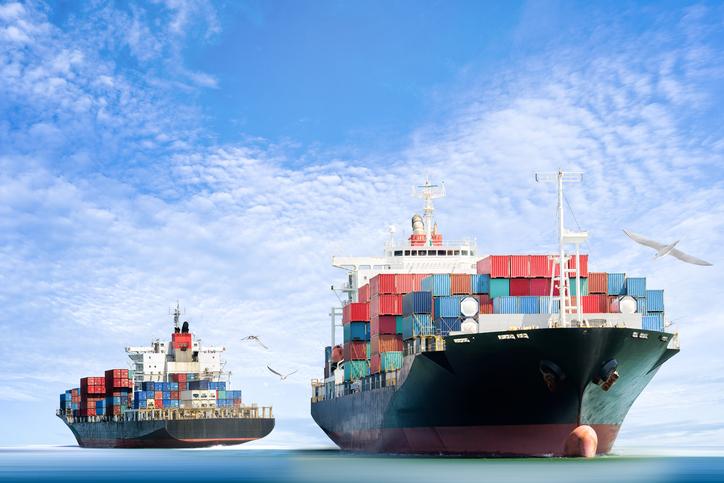
January 30, 2017
Well, you’d have to be living under a rock to have not heard all the controversy about Trump and trade. Tariffs, restrictions and general chaos….
Currently, the U.S. trades significant volumes with China, Mexico and a whole host of other countries as we live in a global economy. For example, in looking up trade balances with China for 2016, the U.S. exported $104,149 (in millions) and imported $423,431 (in millions). Thus, what is all this hoopla about and what should supply chain leaders be thinking?

What Should We Consider and/or What Impacts Could Arise?
Although it is easy to get caught up in all the emotion and politics, the bottom line is that we aren’t going to flip the import/ export numbers with China (as an example). Will it change in some respect? Of course; it would regardless. Will the trade figures change substantially this year? No. Will companies re-evaluate their insourcing, near-sourcing and outsourcing decisions as costs change with tariff adjustments? Yes.
We are headed into volatile times; however, this is not abnormal in supply chain circles. Who can predict hurricanes? No one. Yet hurricanes and natural disasters affect the supply chain every day. Those who are successful will find a way to adjust with changing times and will become more agile in their responsiveness to changing circumstances. And they will figure out what is most important to their business and focus solely on those factors while building agility into the rest.
What is most likely to occur is that Trump will re-evaluate trade deals and re-negotiate. If we took a step back and looked at our trade agreements, what makes sense? How can we keep businesses flowing yet improve the deal? If you are interested in getting in front of the curve, consider these factors for just those areas most critical to your success.



